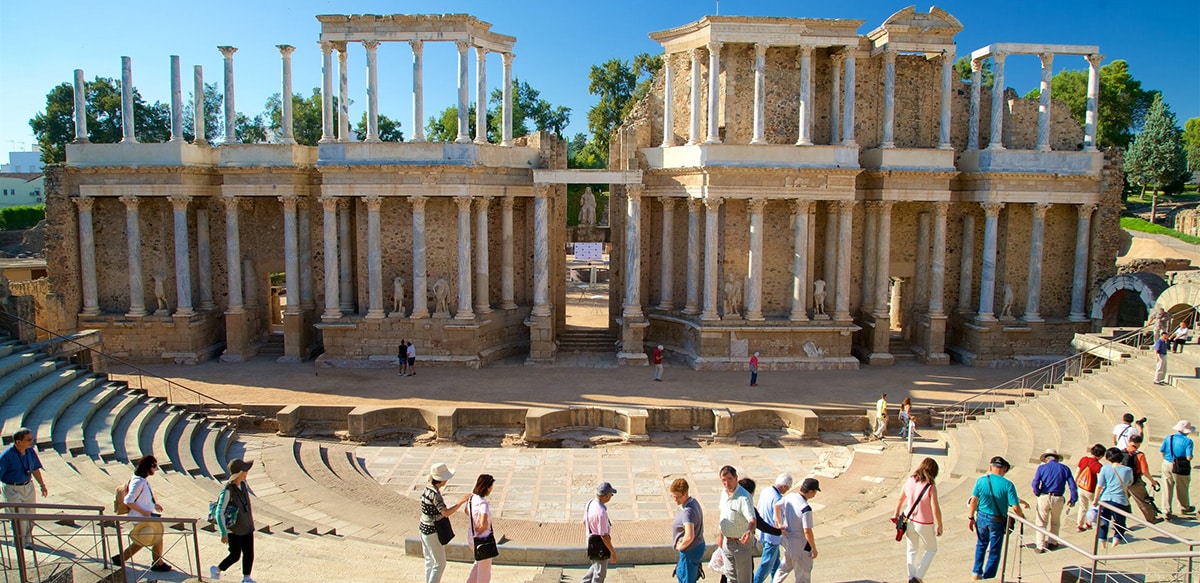
Merida is the capital of Extremadura and is located 61 kilometers from Badajoz. Its territory is rather flat, with few mountains, and enjoys a Mediterranean climate with mild winters and very hot summers with no rain.
Merida is, beyond how one can describe it, a city with history since It was founded by the Romans in 25 BC. and since then it accumulates history and cultural and architectural heritage. Are you going to visit? Here's what's up what to see in Merida in one day.
Mérida
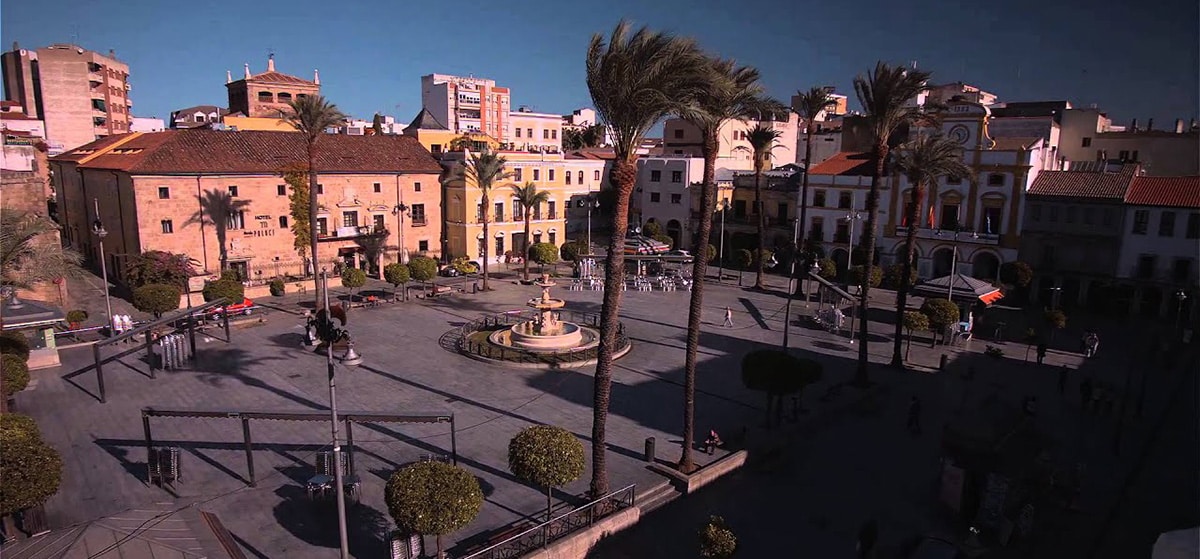
As we said, the city It was founded in the year 25 BC, under the name of Colonia Iulia Augusta Emerita and when Octavio Augusto ruled. Was the capital of the Roman province of Lusitania and it was magnificent, with glorious public buildings, which knew to be very important for the empire until its final fall.
In the year 412 the Alano king Atax, the Alanos were an ethnic group of Iranian origin, warlike nomads, conquered Mérida and made it the seat of his kingdom for six years, beginning a period of presence of peoples less developed than the Romans. like Visigoths, Germanics, Swabians... And then, In the year 713 an Arab warlord named Musa ibn Nusair invaded the city and began the Muslim rule that would last for centuries.
Alfonso IX of León and his troops would reconquer the city and the territory in 1230.
What to see in Merida in one day
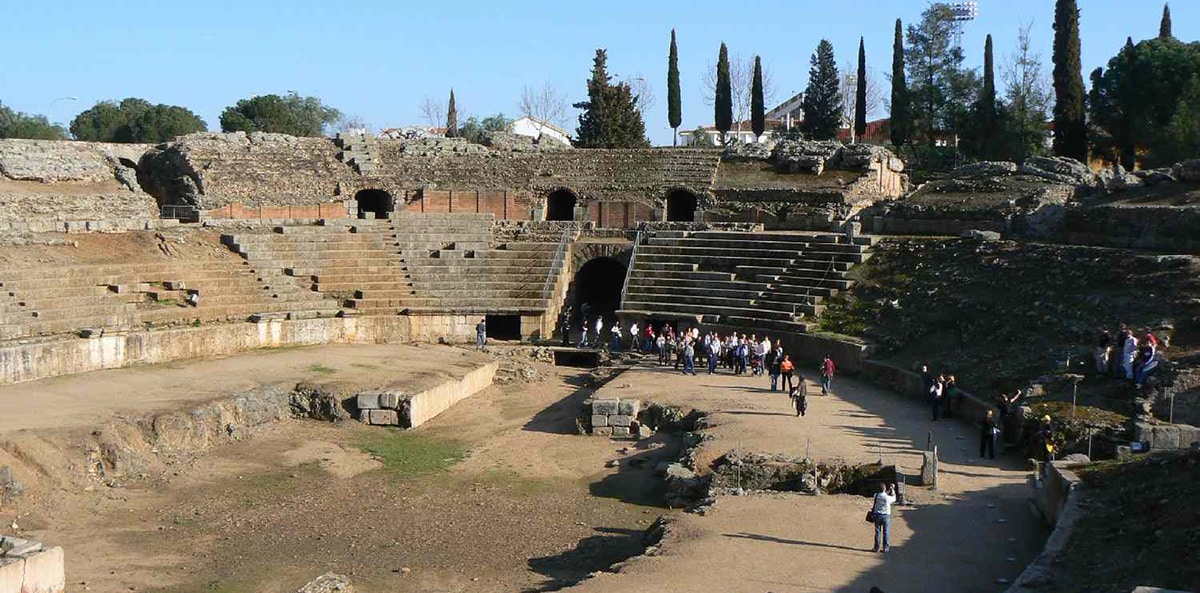
We said that the history of Mérida is spectacular, so in 24 hours in Mérida your tour must begin yes or yes with the roman legacy: the Roman Theatre, the Amphitheatre, the aqueducts, the bridge, the Arch of Trajan and the beautiful House of Mithraeum, the Roman Circus, the Temple of Diana…
El Roman Theatre It was built thanks to the patronage of Agrippa, the daughter-in-law of Augustus, between the years 16 and 15 BC, when the simple colony became the capital of Lusitania. It was partially built on a hill, to lower stone costs, and the rest was made of concrete. A city with all the letters could not not have a theater.
This was large, divided into three sections, separated by corridors and barriers, accessible by stairs. The excavations began here in 1910 and the first thing that came to light was the lower part, and later, rooms, corridors, stands, mosaics began to be added... Its hours are as follows: between October and March it opens every day from 9 a.m. to 6:30 pm. From April to September it does it every day from 9 am to 9 pm. The entrance costs 12 euros and you pay 15 if you buy the total entrance to the complex of monuments.
Continuing with the list of what to see in Merida in one day is the Roman amphitheater, built in the year VIII BC and venue for very popular events such as the classics clashes between gladiators, For example. It is next to the theater and a street separates them. It opens from October to March every day from 9 am to 65:30 pm, from April to September from 9 am to 9 pm and the same with the entrance, 12 or 15 euros.
El aqueduct of Los Milagros it was part of the system that brought water from the Proserpina dam. It is commonly known as Los Milagros, because the truth is that it was kept very well for many centuries, and that it is more than eight hundred meters and is built with bricks. It is a marvel and is believed to have been built around the same time that the colony was founded.
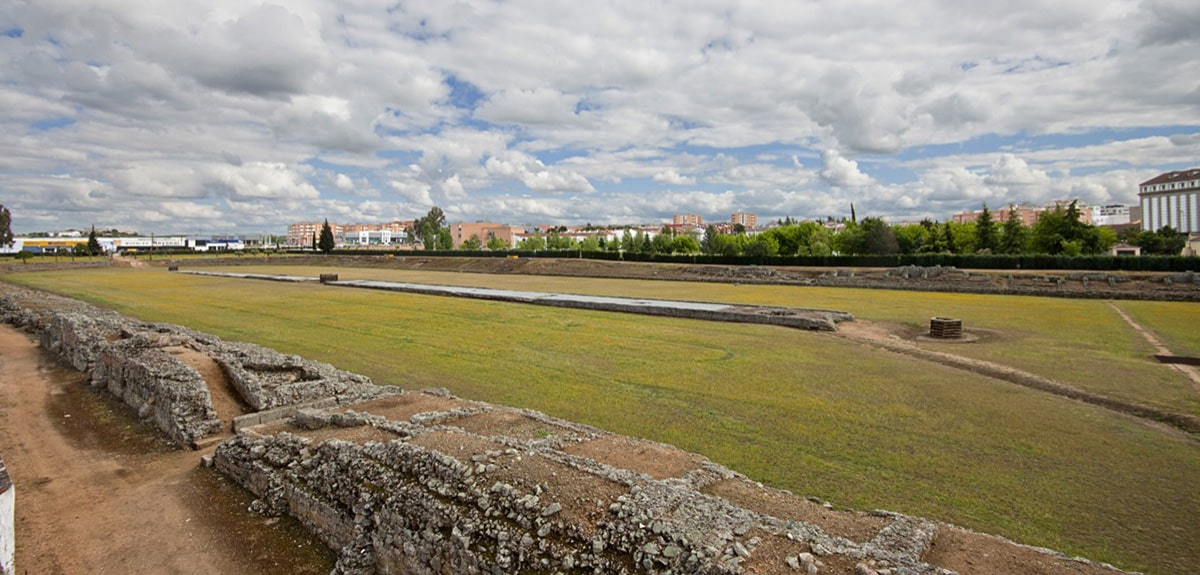
El Roman circus from Merida is one of the best preserved circuses of the Roman Empire and it is really spectacular: 403 meters long by almost 97 wide, with a capacity that could, it is calculated, have housed some 30 thousand people. It was built under the Julio Claudio dynasty and of course underwent several reforms and restorations.
The Circus was built outside the city walls, near the route that connects with Toledo and Córdoba, taking advantage of the gentle hollow of the San Albín hill. This site opens on the same days and times as the previous Roman monuments and the entrance costs 6 euros.
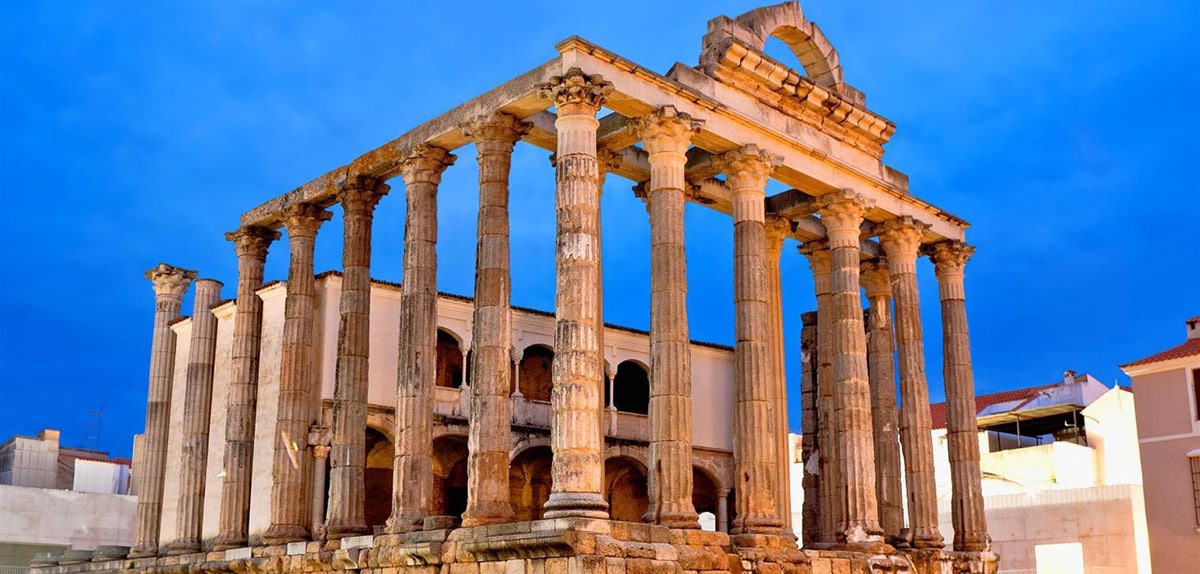
El temple of Diana it was built on a huge square, somewhat elevated, since it was part of the imperial cult. It is a rectangular temple, with granite and columns and a stairway that can be discovered in what remains of the structure. It is believed that it was built under the reign of Augustus. And finally, the Roman bridge which in his days was said to be the longest bridge of those times. It was crucial due to the importance of the city and it is concrete and granite, with six rounded rings, almost 800 meters long and 12 meters high.
El arch of trajan It is not a triumphal arch, that is, it is not dedicated to a battle and not to an emperor, it is simply an access arch to a sacred space that surrounded a temple of imperial worship in its time. The arc is round with 15 meters high, and the one we see was the center of a trio of arches ripped with granite and ash masonry.
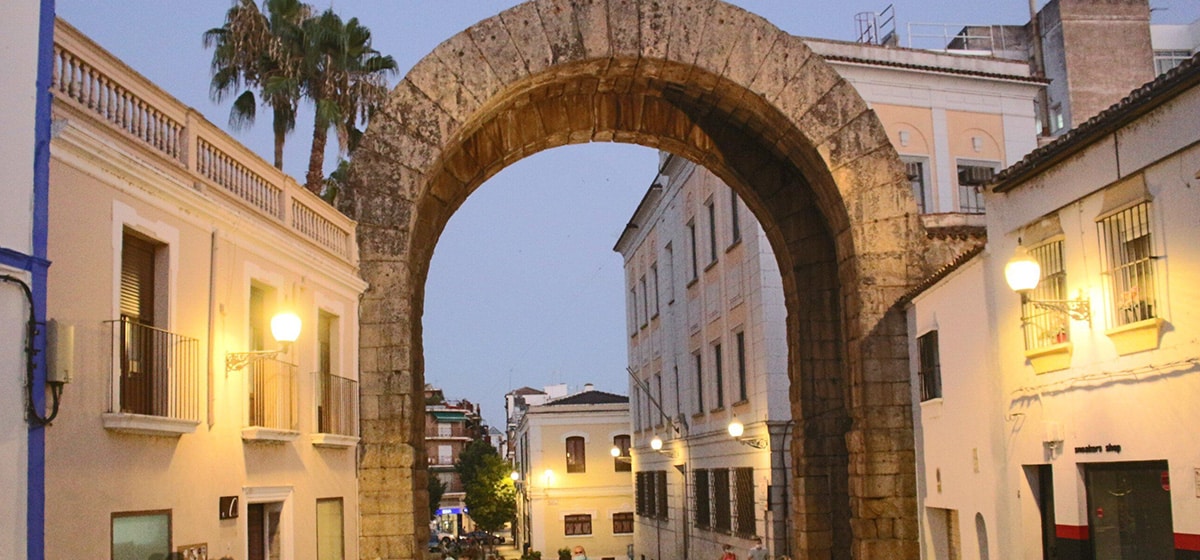
And to complete the tour of the Roman legacy of Mérida you can visit the House of Mithraeum, a residence built in the late XNUMXst and early XNUMXnd century AD outside the city walls. From the decorations it is known that its owners were Hellenes and important members of the local society. The house has three patios, several rooms, a pond and walls decorated with paintings. There is even a beautiful mosaic of the Cosmos, very colorful.
When the Roman Empire falls, the city begins other stages and its legacies are also here. You can know the Alcazaba, a fantastic fortress from the Muslim era dating from 835 dC Es the oldest on the peninsula and had a multiple nature. It is an impressive building, inside and out.
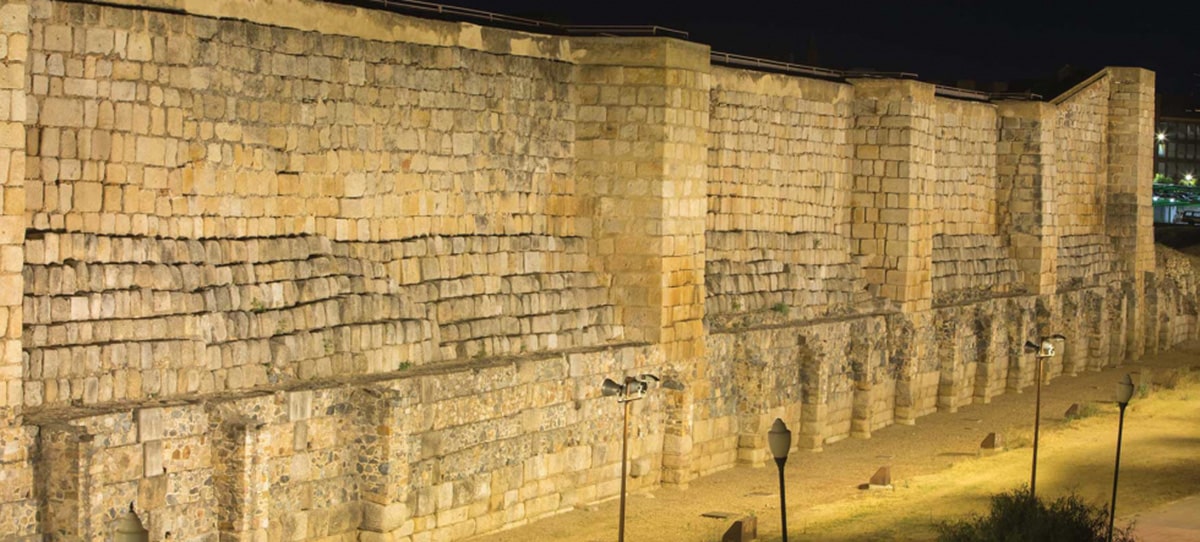
And of course, in any list of what to see in Merida in one day there is no shortage of churches, especially if it is a walk through the late medieval and modern times of the city: the Hospital of Jesus Nazarenotoday a hostel the Basilica of Santa Eulalia and Hornito and the Cathedral of Santa María, for example, although there is also the old convent of Santa Clara, the Hermitage of La Antigua or the Mendoza Palace, for example.
And to finish the history of Mérida through its architectural heritage, or simply what to see in Merida in one day, you can see the Lusitana Bridge or walk through the Plaza de España, see the Plaza de Toros or the Círculo Emiritense.
If you only like the older story, like me, You can add the visit to the Roman complex with a museum. I recommend the National Museum of Roman Art and Visigoth Collection. The first works in a beautiful building reminiscent of Roman times and inside you can see one of the best collections of sculptures and mosaics. The entrance only costs 3 euros.
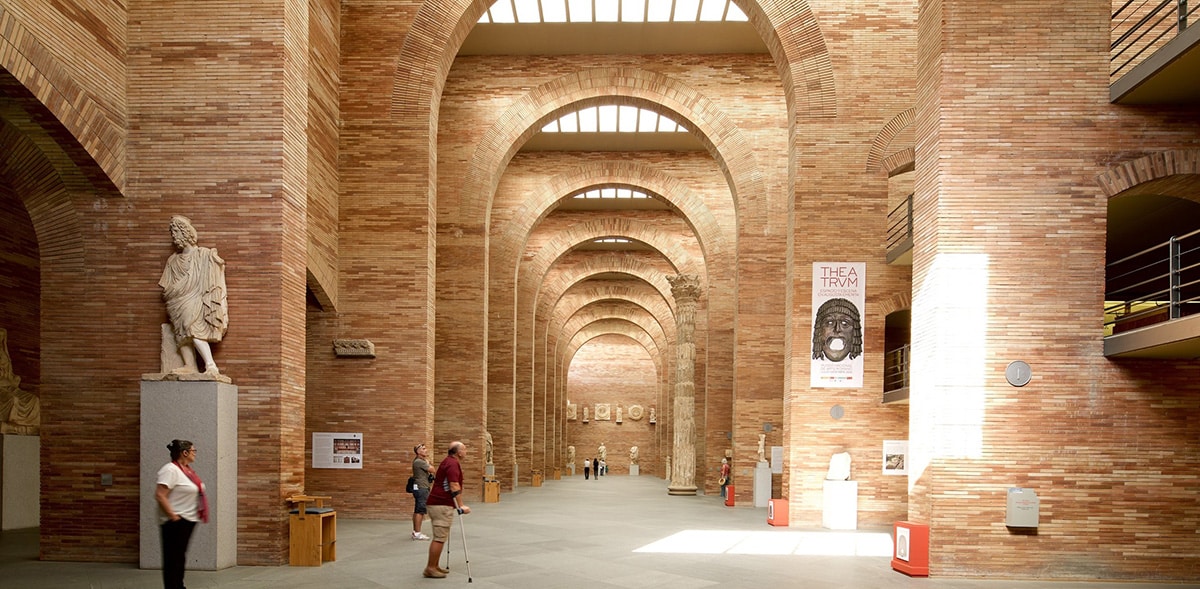
For its part, the Visigoth Collection is found in the old Church of Santa Clara, a beautiful baroque building from the XNUMXth century. There are sculptures from all over the peninsula and they come from important private collections: there are altars, niches, more liturgical furniture, remains of temples, capitals, frames, etc. There is also a glass cabinet and daily utensils and funeral rites from the Visigothic period. It is free to visit.
To finish I tell you that there are guided tours that can optimize your time. For example, the guided tour of the Roman Theater and Amphitheater It lasts one hour and is free. There are day and night and it costs between 17 and 20 euros. I hope you write this information down so you don't leave out important things on your next visit to Mérida.